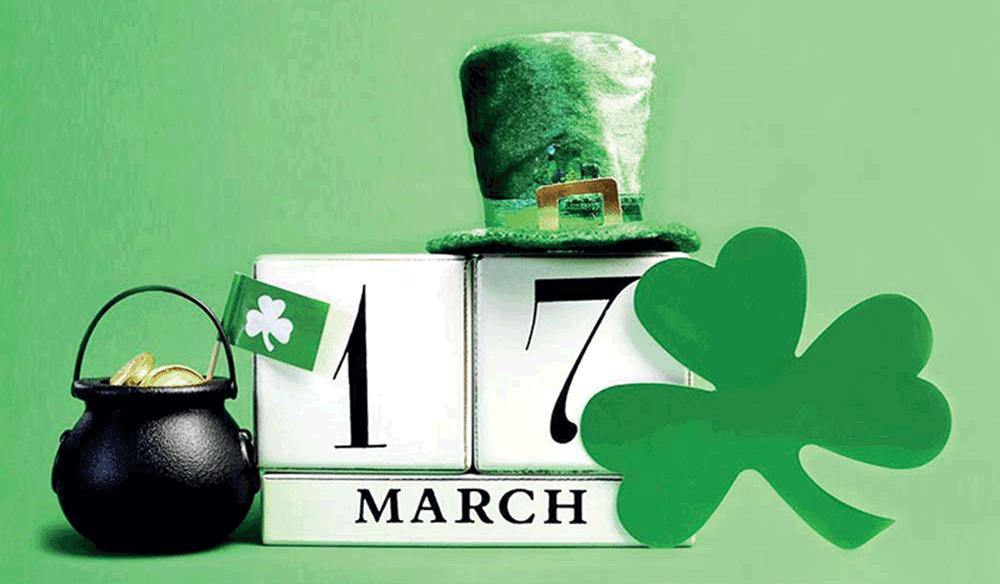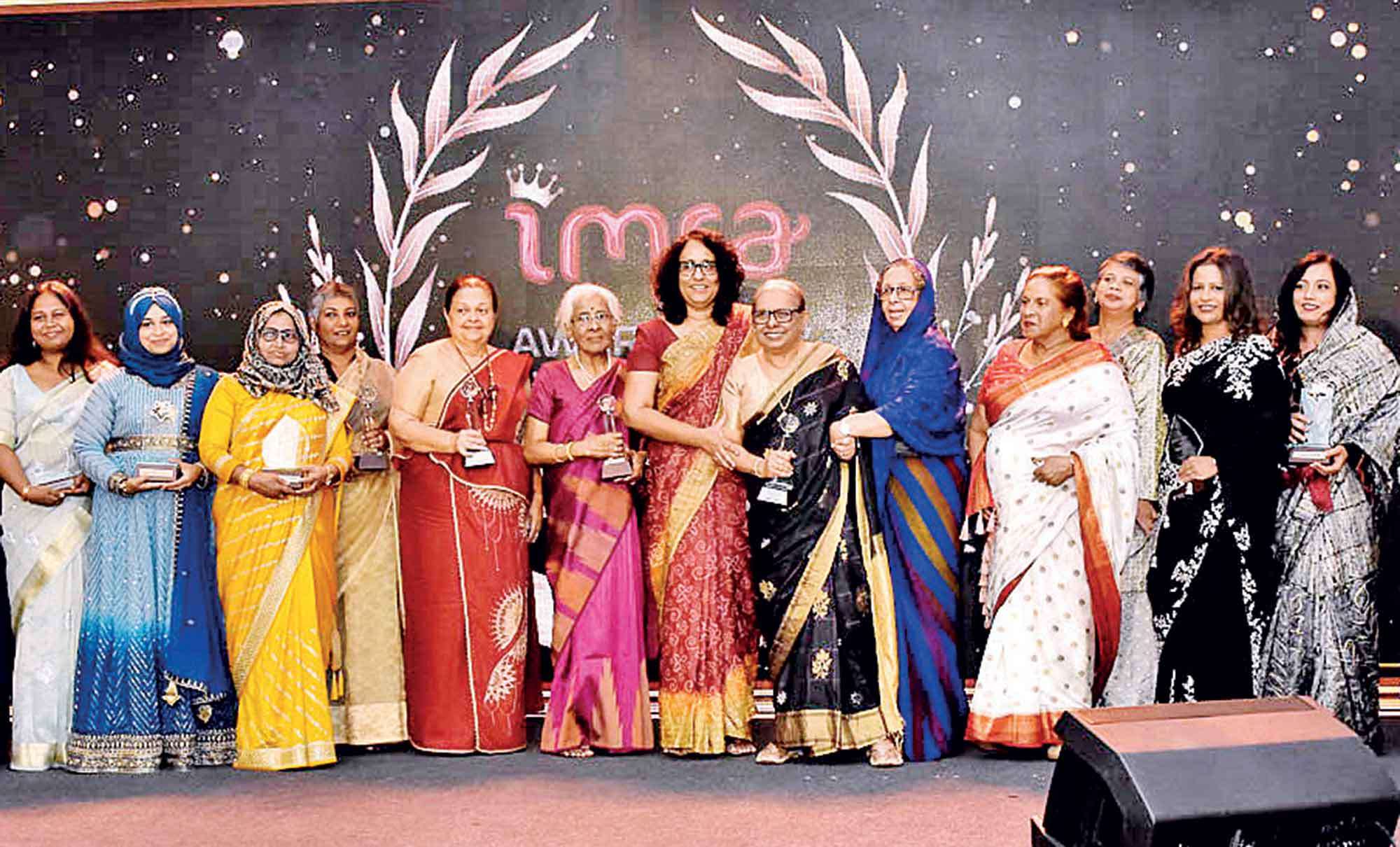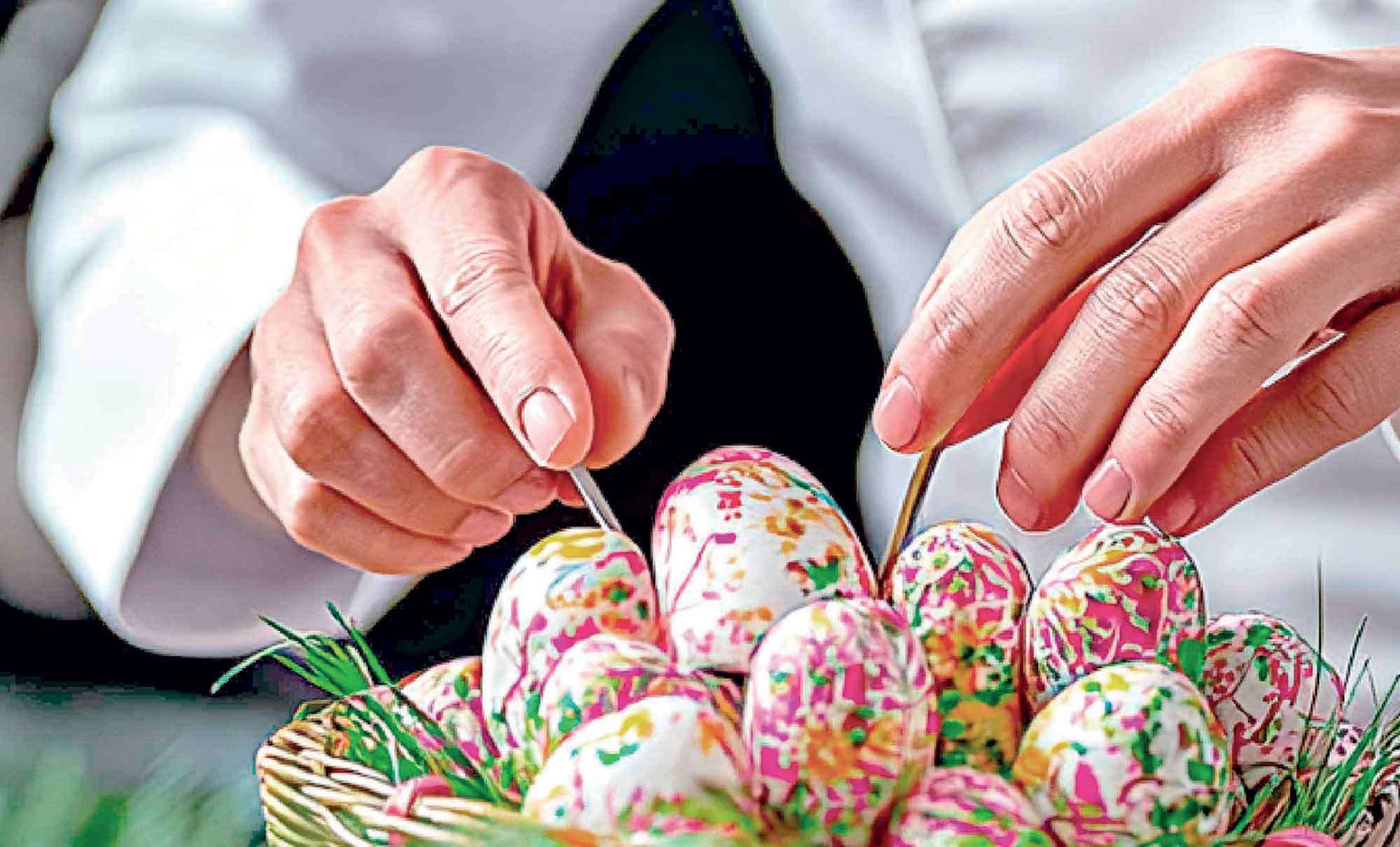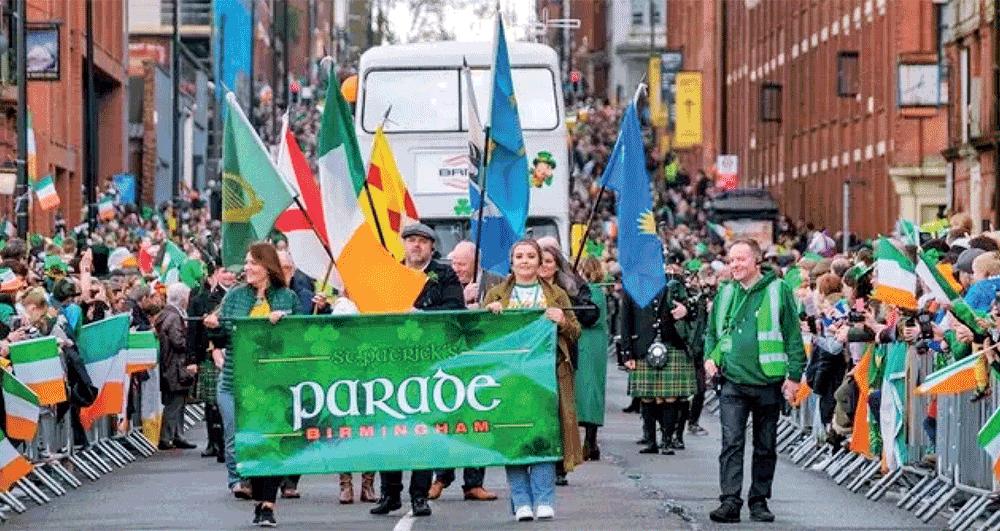
St. Patrick’s Day, celebrated annually on March 17th, is one of the most widely recognized cultural and religious holidays around the world. It honours St. Patrick, the patron saint of Ireland, who is credited with bringing Christianity to the Irish people. Over the centuries, the holiday has evolved from a solemn religious observance into a global celebration of Irish heritage, marked by parades, festivals, and a whole lot of green.
The History of St. Patrick’s Day
St. Patrick, born in Roman Britain in the late 4th century, was kidnapped by Irish raiders at the age of sixteen and taken to Ireland as a slave. After six years, he escaped but later returned to Ireland as a missionary. He is believed to have played a significant role in converting the Irish to Christianity, using symbols such as the shamrock to explain the concept of the Holy Trinity.
St. Patrick’s Day was first celebrated as a feast day in the early 17th century. It was made an official Christian holiday by the Catholic Church, the Anglican Communion, the Eastern Orthodox Church, and the Lutheran Church. While originally observed with religious ceremonies and feasts, it gradually expanded into a broader celebration of Irish culture.
St. Patrick’s Day is celebrated far beyond the shores of Ireland, highlighting the influence of the Irish diaspora.
Symbols and Traditions
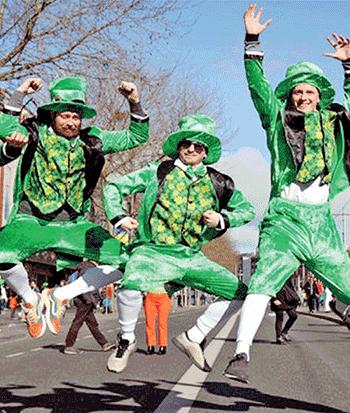
One of the most enduring symbols of St. Patrick’s Day is the shamrock, a three-leaf clover that St. Patrick reportedly used to illustrate the doctrine of the Trinity. The colour green, now synonymous with the holiday, became widely associated with Ireland and the day due to its representation of the lush landscapes of the Emerald Isle.
Another popular legend linked to St. Patrick is his supposed act of driving all the snakes out of Ireland. While historians argue that Ireland never had snakes, the story is often interpreted metaphorically, suggesting that St. Patrick eradicated pagan influences from the country.
Food and Drink
Traditional Irish cuisine plays a significant role in St. Patrick’s Day celebrations. Classic dishes such as corned beef and cabbage, Irish stew, soda bread, and shepherd’s pie are commonly enjoyed. While corned beef is more popular in the United States than in Ireland, it has become a staple of the holiday’s feasts.
Beer, especially Guinness, is another central component of the festivities. Many revellers partake in pints of the famous Irish stout, and some even drink beer that has been dyed green for the occasion. Irish whiskey and Baileys Irish Cream are also widely consumed during the holiday.
The Global Influence of St. Patrick’s Day
St. Patrick’s Day is celebrated far beyond the shores of Ireland, highlighting the influence of the Irish diaspora. Countries with significant Irish populations, such as the United States, Canada, Australia, and the United Kingdom, embrace the holiday with enthusiasm. Even in places with little historical connection to Ireland, landmarks are illuminated in green as part of the “Global Greening” initiative. Iconic sites such as the Sydney Opera House, the Colosseum in Rome, and the Great Wall of China have all participated in this global tribute to Irish heritage.
New York City hosts one of the most iconic St. Patrick’s Day parades, dating back to 1762. The parade attracts millions of spectators and features marching bands, Irish dancers, and cultural displays.
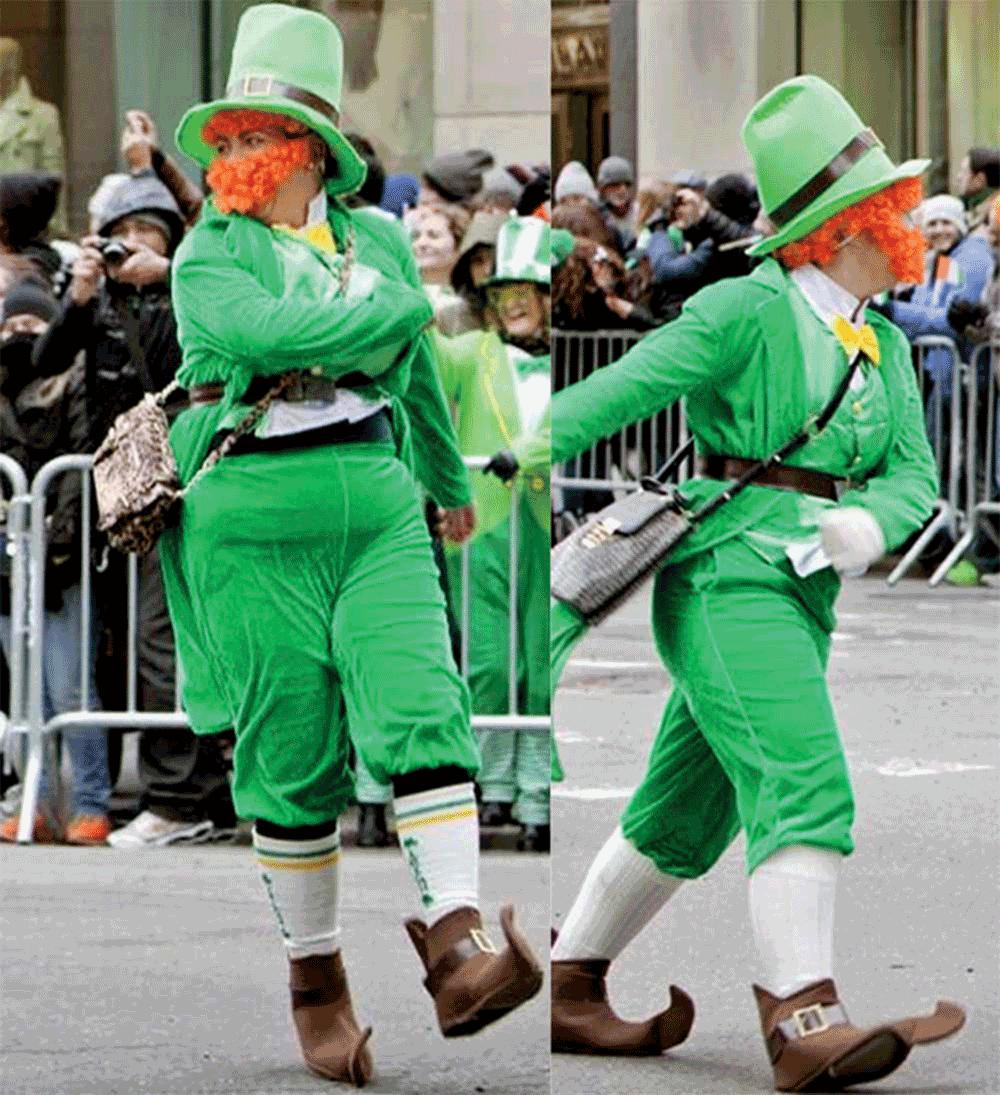
Modern-Day Celebrations and Inclusivity
While St. Patrick’s Day remains a proud celebration of Irish identity, it has also evolved into a more inclusive holiday where people of all backgrounds join in the festivities. Cities worldwide embrace the holiday with themed events, concerts, and cultural exhibitions. Many non-Irish participants wear green, enjoy Irish music, and take part in the revelry.
However, in recent years, there has been a growing movement to balance the celebratory aspects of the holiday with respect for its cultural and religious origins. Efforts to reduce excessive alcohol consumption and promote authentic Irish traditions have gained traction, leading to a more family-friendly approach in some communities
Conclusion
St. Patrick’s Day is more than just an excuse to wear green and enjoy a pint of Guinness; it is a celebration of Irish history, resilience, and cultural pride. Whether observed through religious reflection, parades, music, or feasts, the holiday continues to unite people around the world in appreciation of Ireland’s rich heritage. As the festivities grow each year, the spirit of St. Patrick’s Day remains a testament to the enduring influence of Irish culture on a global scale.
